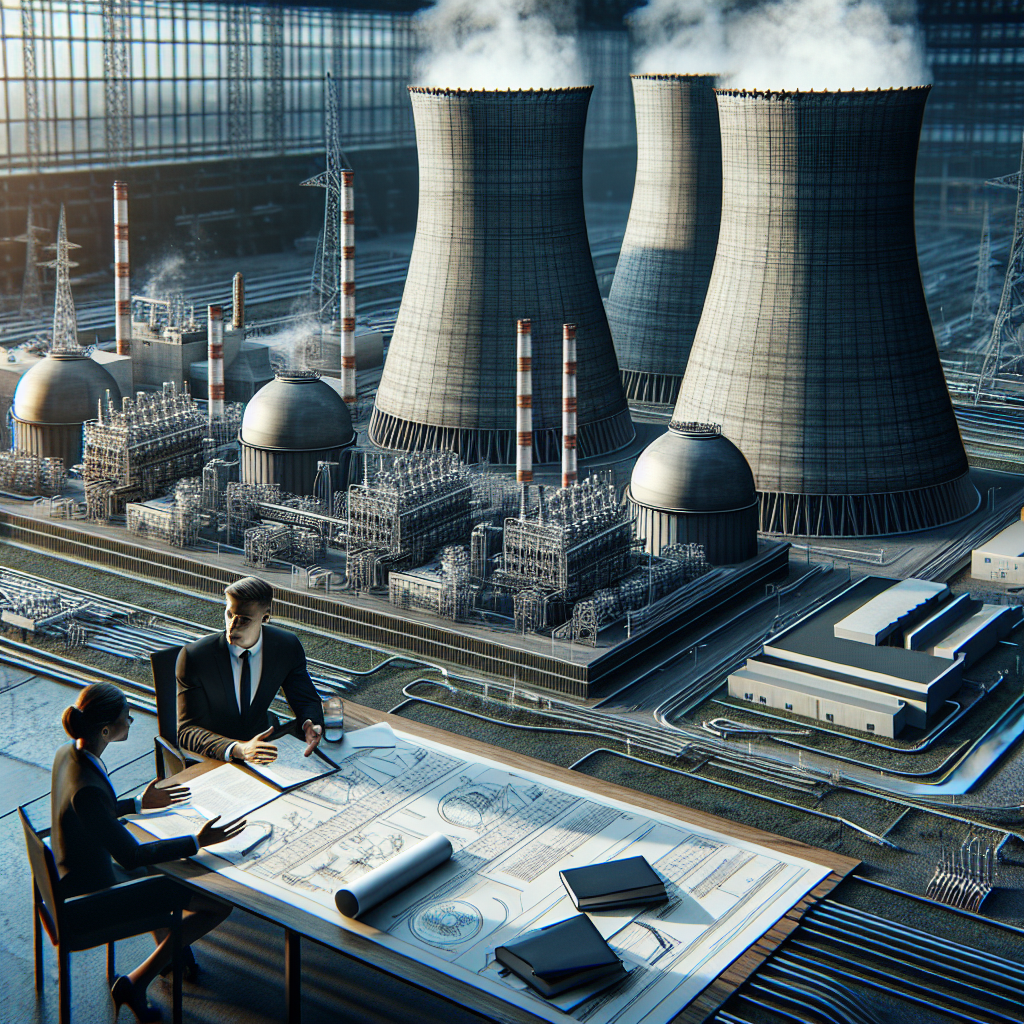The International Atomic Energy Agency (IAEA) has once again revised its projections for the expansion of nuclear power, marking the fourth consecutive year of upward adjustments. According to the IAEA’s high case scenario, world nuclear capacity is expected to more than double by 2050, with a significant contribution from small modular reactors (SMRs).
Published in the IAEA’s report Energy, Electricity and Nuclear Power Estimates for the Period up to 2050, the projections highlight the global shift toward low-emission technologies, including nuclear energy. This comes after nuclear power was prominently included in the Global Stocktake at COP28, which emphasized its role in achieving deep decarbonization goals.
IAEA Director General Rafael Mariano Grossi noted the global momentum behind nuclear energy, stating, “The new IAEA projections reflect the increasing recognition of nuclear power as a clean and secure energy source, with SMRs playing a vital role in meeting both electric and non-electric demands.”
As of the end of 2023, there were 413 operational nuclear reactors worldwide, contributing 371.5 gigawatts (GW) of capacity. The high case scenario projects this capacity to grow to 950 GW by 2050, with SMRs accounting for roughly one-quarter of the added capacity. Even in the low case, nuclear capacity would increase by 40% to 514 GW.
Countries expanding nuclear power or extending the lifetimes of their reactors were considered in the estimates, alongside 30 newcomer nations exploring nuclear energy as part of their energy mix. Extending the operational lifetimes of existing reactors is one of the most cost-effective methods for maintaining low-emission electricity.
The report emphasizes the need for enabling factors to achieve the high case scenario, including national policies, investment in grids, and support for newcomer countries. These factors were highlighted at the Nuclear Energy Summit in Brussels, where participants stressed the importance of favorable energy markets, financing, and regulatory collaboration for the success of nuclear energy.
Next month, the IAEA will host the International Conference on SMRs and their Applications, aiming to accelerate the safe deployment of SMRs globally.











